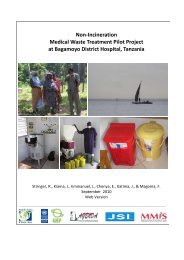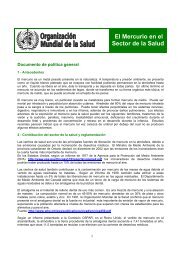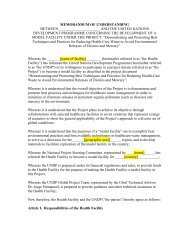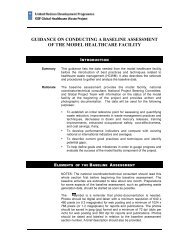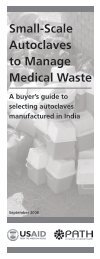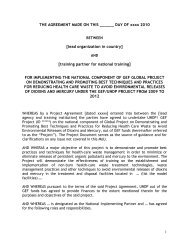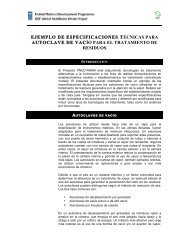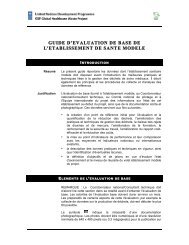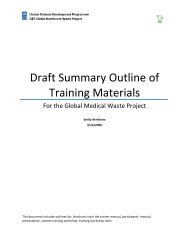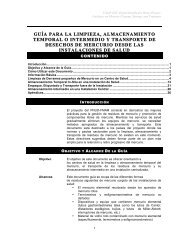Latvia
Latvia
Latvia
Create successful ePaper yourself
Turn your PDF publications into a flip-book with our unique Google optimized e-Paper software.
Health systems in transition<br />
<strong>Latvia</strong><br />
population of pension age, the age–dependency ratio has increased from 1 to<br />
1.9 in 1980 to 1 to 2.2 in 2004 (Table 1.1). In 2000, 2.6% of <strong>Latvia</strong>’s residents<br />
were 80 years of age or older, and by 2004 the proportion of this group had<br />
already reached 3%.<br />
In the future, it is expected that the size of the population will continue to<br />
fall, while the population continues to age.<br />
The decrease in the size of the population has been accompanied by a fall<br />
in the number of separate nationalities, as well as by a drop in their proportion<br />
of the total population. At the beginning of 2005, the proportion of <strong>Latvia</strong>ns of<br />
the total population was 58.8%. The second largest group consists of Russians,<br />
with a share of 28.6% in 2005, followed by Belarusians with 3.8%, Ukrainians<br />
with 2.6%, Poles with 2.5% and Lithuanians with 1.4%. The share of other<br />
ethnic groups is below 1% (Gypsies, Germans, Estonians and others). The main<br />
religions are Lutheran (the largest share) and Roman Catholic.<br />
Approximately 60% of the population live in urban areas, with approximately<br />
one third of the population in Riga alone. The population density in 2004 was<br />
35.8 people per km 2 , which lies below the average of the European Union (EU).<br />
<strong>Latvia</strong> has a very high literacy rate, at 99.7 in 2003.<br />
Empirical evidence suggests that the majority of the <strong>Latvia</strong>n population<br />
(about three quarters) do not feel well-informed about their health care<br />
entitlements; moreover, <strong>Latvia</strong>n speakers feel better informed about the<br />
health care system than the non-<strong>Latvia</strong>n speaking part of the population: 28%<br />
of <strong>Latvia</strong>n-speaking households feel they have all necessary information on<br />
health care services, as compared to 21% of non-<strong>Latvia</strong>n speaking households<br />
(CIET International 2002). Other characteristics of ethnic minorities do not play<br />
an important role in the process of receiving health care services. It appears<br />
that lack of knowledge of the language results in lack of information about<br />
the possibilities of receiving health care services (Chapter 2 Organizational<br />
structure, Subsection Patient information).<br />
1.2 Economic context<br />
The transformation of the economy has proceeded faster and further in <strong>Latvia</strong><br />
than in most other countries of the former Soviet Union, with rapid expansion<br />
of the services sector at the expense of both agriculture and industry. The share<br />
of agriculture in gross domestic product (GDP) fell from approximately 23%<br />
in 1990 to 4% in 2005. Due – in part – to small farm size, agriculture remains<br />
inefficient. <strong>Latvia</strong>n industry during the Soviet period provided the Soviet Union<br />
with radios, telephones, minibuses and other equipment, but was unable to stand





